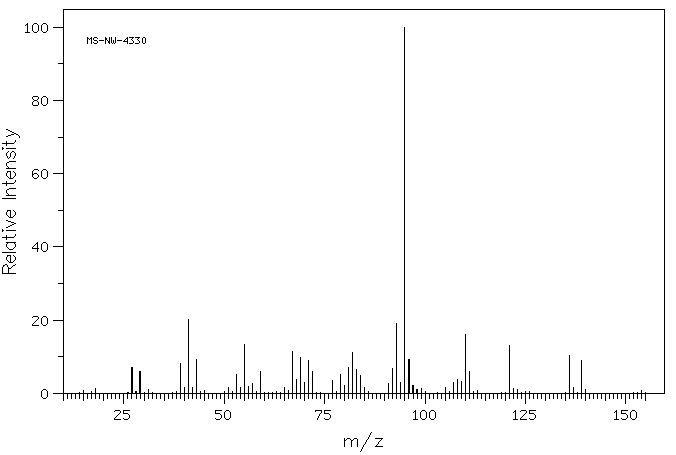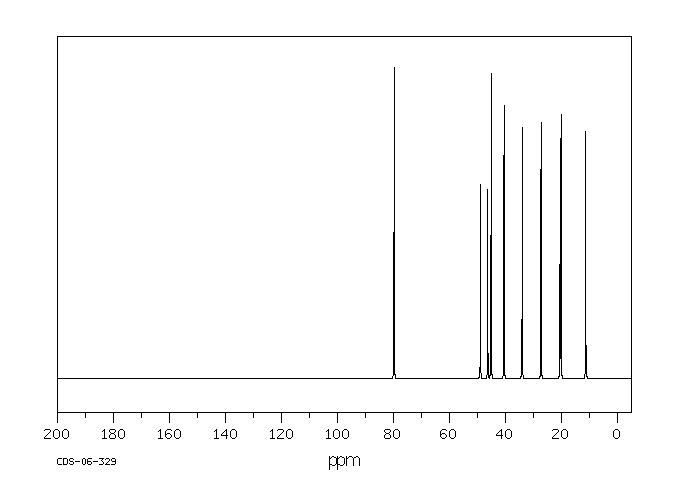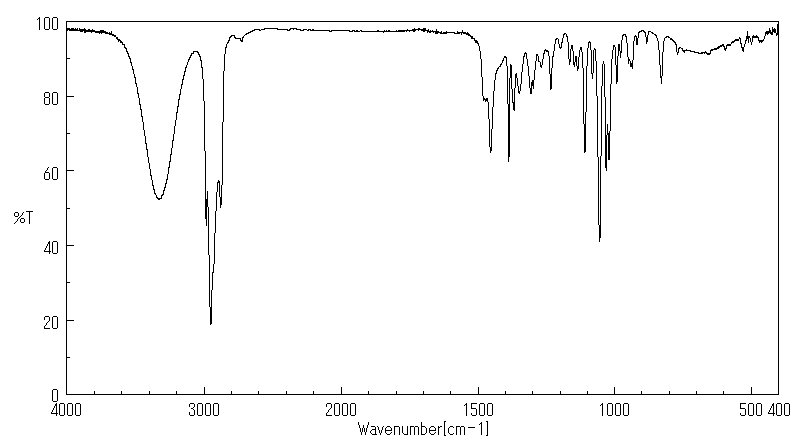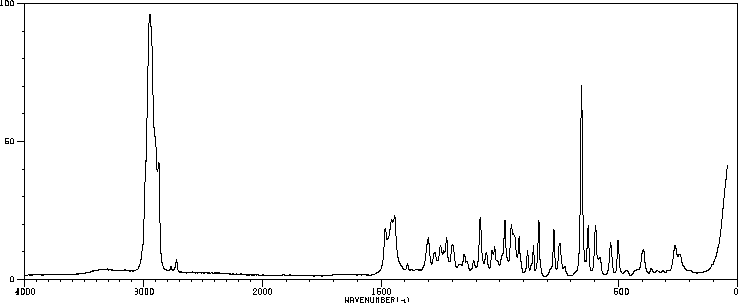毒理性
识别和使用:冰片是一种固体。它被用作香料,并作为药物使用,包括传统中医。人类暴露和毒性:冰片不会引起皮肤过敏。其毒性实质上与樟脑相似。人类外周血淋巴细胞在DMSO中暴露于不同浓度的l-冰片,浓度高达600微克/毫升,持续4小时,有和无代谢激活以及24小时无代谢激活。在研究的条件下,l-冰片被认为不具有致裂变性。动物研究:与樟脑类似,实验室动物对冰片的毒性似乎比人类要小得多。冰片增加了大鼠口服处理7天后CYP2D的活性。冰片在小鼠中已被评估其镇痛和抗炎活性。冰片在爪子舔舐的早期和晚期显著减少了痛觉行为,并减少了小鼠的扭动反射。当进行热板测试时,高剂量的冰片产生了痛觉行为的抑制。此外,冰片处理的小鼠减少了角叉菜胶诱导的白细胞迁移到腹腔。冰片的致突变潜力在Ames试验中通过使用鼠伤寒沙门氏菌TA1535、TA1537、TA1538、TA98和TA100菌株,在存在和不存在代谢激活的情况下,用冰片以高达5000微克/平板的浓度处理进行了评估。其他研究证实了在鼠伤寒沙门氏菌TA98和TA100菌株中缺乏致突变潜力。在研究的条件下,冰片被认为在细菌中不具有致突变性。
IDENTIFICATION AND USE: Borneol is a solid. It is used as a flavoring, and as a medication, including traditional Chinese medicine. HUMAN EXPOSURE AND TOXICITY: Borneol does not present a concern for skin sensitization. Toxicity is essentially indistinguishable from that of camphor. Human peripheral blood lymphocytes were exposed to varying concentrations of l-borneol in DMSO up to 600 ug/mL for 4 hr, with and without metabolic activation and 24 hr without metabolic activation. Under the conditions of the study, l-borneol was considered non-clastogenic. ANIMAL STUDIES: As with camphor, laboratory animals appear to be much less susceptible to borneol toxicity than man. Borneol increased the activity of CYP2D in rats orally treated by borneol for 7 days. Borneol has been evaluated for antinociceptive and anti-inflammatory activities in mice. Borneol produced a significant reduction of the nociceptive behavior at the early and late phases of paw licking and reduced the writhing reflex in mice. When the hot plate test was conducted, borneol (in higher dose) produced an inhibition of the nociceptive behavior. Additionally, borneol-treated mice had reduced the carrageenan-induced leukocytes migration to the peritoneal cavity. The mutagenic potential of borneol was assessed in an Ames test with Salmonella typhimurium strains TA1535, TA1537, TA1538, TA98 and TA100 treated with borneol at concentrations up to 5000 ug/ plate in the presence and absence of metabolic activation. Other studies confirming a lack of mutagenic potential in S. typhimurium strains TA98 and TA100 have been published. Under the conditions of the study, borneol is considered not mutagenic in bacteria.
来源:Hazardous Substances Data Bank (HSDB)











